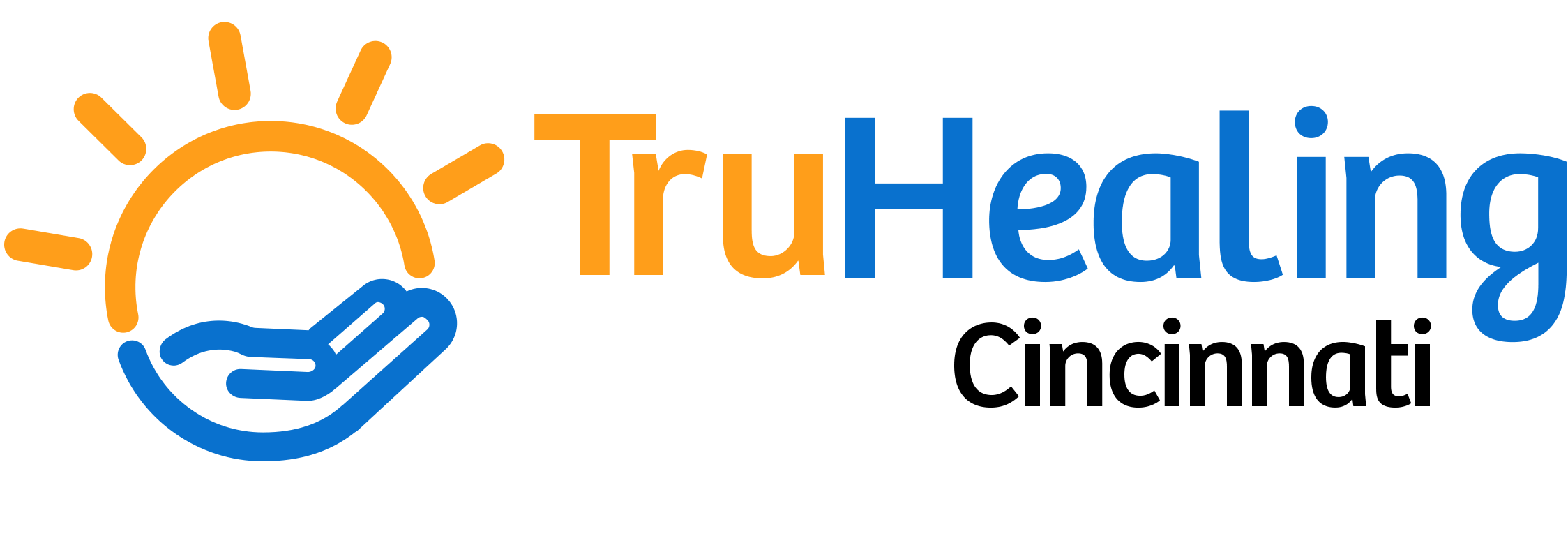Recovery is not just about getting clean—it’s about learning to live again. For individuals recovering from substance use disorder or co-occurring mental health conditions, the journey often begins with intensive care and gradually shifts toward greater independence. The transition from a Partial Hospitalization Program (PHP) to an Intensive Outpatient Program (IOP) is one of the most critical and transformative phases in this process.
At TruHealing Cincinnati, we support this step with compassion, clinical insight, and structure. It’s more than just a change in schedule—it’s a strategic move toward autonomy, confidence, and long-term recovery. In this guide, we’ll explore how to make that transition successful and sustainable while maintaining the momentum you’ve built during PHP.
Understanding the Difference: PHP vs. IOP
Before diving into the transition, it’s important to understand what distinguishes PHP from IOP.
Partial Hospitalization Program (PHP)
- Typically 5–6 days per week
- Up to 6 hours of treatment per day
- Intensive therapy, medical supervision, and psychiatric care
- Ideal for early stabilization after detox or inpatient rehab
Intensive Outpatient Program (IOP)
- 3–5 days per week
- 3–4 hours per session
- Focus on applying coping strategies in real-world situations
- Ideal for individuals stepping down from PHP or reentering work/school
Both levels offer critical clinical services, but IOP provides more freedom and flexibility, allowing clients to re-engage with daily responsibilities. As one of the most trusted Addiction Treatment Center Cincinnati, we tailor both programs to meet each client’s evolving needs.
Why the Transition from PHP to IOP Matters
The move from PHP to IOP is a big step—but it’s also a sign of progress. PHP lays the foundation for healing, but IOP helps you put that foundation into action. During this phase, clients begin to:
- Practice recovery skills in real-life situations
- Reintegrate into work, school, or family life
- Manage responsibilities with continued therapeutic support
- Strengthen relapse prevention techniques in real time
- Maintain accountability while gaining independence
When done thoughtfully, this transition helps clients shift from surviving to thriving.
How to Transition Successfully: A Step-by-Step Guide
1. Collaborate on a Transition Plan
At TruHealing Cincinnati, no one enters IOP without a clear and personalized plan. Before stepping down from PHP, your care team will help you map out a strategy that includes:
- Your IOP schedule (morning, afternoon, or evening sessions)
- Ongoing individual and group therapy
- Psychiatric care and medication management
- Realistic personal goals (employment, school, relationships)
- Risk factors and how to manage them
- Community resources and referrals
This ensures you’re not just “stepping down”—you’re stepping forward with intention.
2. Strengthen Your Daily Structure
One of the key differences between PHP and IOP is the level of structure. PHP fills much of your day. In IOP, you’ll have more free time, which can be a blessing—or a risk—depending on how you use it.
To succeed in IOP, start building a reliable routine that includes:
- IOP attendance
- Regular meals and sleep schedules
- Exercise and mindfulness practices
- Sober social activities
- Job searches, volunteering, or schooling
- Time for recovery-related reading or journaling
This kind of structure is vital for long-term success in Outpatient Treatment In Cincinnati and beyond.
3. Reassess and Update Your Relapse Prevention Plan
What worked in PHP might need to be adapted for IOP. Triggers will change. Stressors may increase. That’s why it’s essential to revisit your relapse prevention plan with your therapist during the transition.
You’ll learn how to:
- Identify new high-risk situations
- Strengthen your coping mechanisms
- Recognize early warning signs of relapse
- Communicate recovery needs to loved ones
- Use healthy distractions and grounding techniques
Our Substance Abuse Treatment in Cincinnati focuses on giving you tools that adapt as your life evolves.
4. Stay Engaged with Peer and Community Support
Social support is a powerful predictor of recovery success. In IOP, you’ll continue to attend group therapy, but you’ll also be encouraged to build connections outside of the treatment center.
This may include:
- 12-Step or SMART Recovery meetings
- Local sober living communities
- Church or spiritual groups
- Volunteering or peer mentorship
- TruHealing Cincinnati alumni events
You don’t have to do this alone—and you shouldn’t. Community helps protect recovery when cravings, doubt, or stress strike.
5. Use IOP to Prepare for Independent Recovery
IOP isn’t the end of treatment—it’s the bridge to living independently in recovery. Use this time to solidify your values, identity, and goals.
Start asking questions like:
- What does a healthy lifestyle look like for me?
- How do I handle relationships while protecting my recovery?
- What kind of job or education path aligns with my goals?
- How can I turn past pain into purpose?
Our team will guide you as you explore these questions in a safe, therapeutic environment. As a leader in Drug Addiction Treatment in Cincinnati, we’re committed to walking with you every step of the way.
How TruHealing Cincinnati Supports Your Transition
As a full-spectrum provider of Cincinnati addiction treatment, we’ve designed our services to help clients succeed at every level of care:
- Detox – Medically supervised and compassionate
- Residential/Inpatient Rehab – 24/7 structured care
- Partial Hospitalization Program (PHP) – Stabilization and intensive therapy
- Intensive Outpatient Program (IOP) – Structure with increased flexibility
- Outpatient Counseling – Continued support with minimal hours
- Aftercare and Alumni Network – Lifelong connection and relapse prevention
Whether you’re stepping down from PHP or entering IOP directly, we ensure a seamless transition with clinical coordination, ongoing assessments, and a treatment plan that evolves with you.
Final Thoughts
Transitioning from PHP to IOP isn’t just about less time in therapy—it’s about more time applying what you’ve learned. It’s the point where your internal work begins to show up in your external life. And when done with intention, it’s one of the most empowering phases of the recovery journey.
Call TruHealing Cincinnati at (513) 643-9118 to speak with our admissions team and find out how we can support your move from PHP to IOP and beyond.
Frequently Asked Questions
What is the difference between PHP and IOP?
A Partial Hospitalization Program (PHP) is a more intensive level of outpatient care, typically involving 5–6 hours of treatment per day, 5–6 days a week. An Intensive Outpatient Program (IOP) offers more flexibility, with 3–5 sessions per week lasting 3–4 hours per day. IOP allows clients to begin reintegrating into daily responsibilities like work or school.
Why is transitioning from PHP to IOP important in recovery?
The transition from PHP to IOP helps individuals build autonomy while still receiving structured support. It’s a critical bridge between intensive treatment and independent living, reinforcing relapse prevention skills and coping mechanisms in real-life settings.
How do I know I’m ready to step down to IOP?
Clients are typically ready for IOP when they demonstrate emotional stability, consistent attendance, active participation in therapy, and reduced risk for relapse. A clinical team at TruHealing Cincinnati will help assess readiness and ensure the transition is safe and supportive.
What support is available during the transition from PHP to IOP?
At TruHealing Cincinnati, clients receive a personalized transition plan, continued access to individual and group therapy, medication management, relapse prevention strategies, and referrals to community support systems such as peer recovery groups and sober living homes.
Can I work or go to school while in IOP?
Yes. IOP is designed to provide the flexibility to return to work, school, or caregiving while still receiving structured treatment. We offer daytime and evening group options to accommodate your schedule.
Will I still see my therapist or psychiatrist in IOP?
Absolutely. Clients in IOP continue working with their treatment team, including individual therapists and psychiatric providers, to ensure consistency and ongoing support during their recovery journey.


